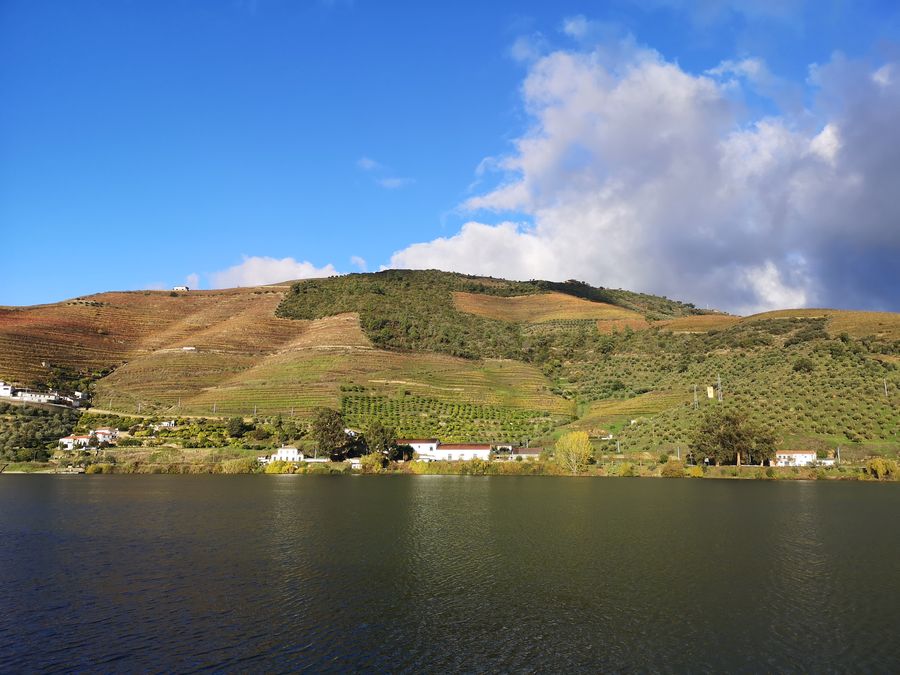How to travel more environmentally friendly
Global travel now makes up 8% of the planets total carbon emissions. On the backdrop of this, travelers are getting more eco-conscious, swept up in a green movement that is touching every life. A 2018 survey done by Booking.com showed that 87 % of travelers prefer to travel sustainably.
The scariest of climate change is starting to show
Sustainable travel might be an option now, but not many years from now, it will be everyone’s obligation. The past few years have demonstrated the extent of nature’s wrath when it is pushed to the brink. Oceans getting warmer, cities drowning, drought, and collapsed ecosystems are just the onset symptoms of worse to come.
The Intergovernmental-Panel on Climate Change (IPCC) says that humanity has less than ten years to reverse the rate of global emissions before worst comes to worst. Scientists predict that at the current rate Global Warming will reach 1.5 degrees Celsius by 2030. One of the roles you can play to reverse this is choosing to travel sustainably.
Green travel is not all about preventing the climatic Armageddon; it’s beautiful
If the stats and the foreboding predictions above don’t faze you, perhaps you could consider the beauty of green travel. Sustainable travel is about slowing down to cut back the greenhouse emission from your business or leisure travel engagements.
It is choosing to sail as opposed to flying or riding a bike that’s more sustainable. Environmentally-friendly travel is beautiful and way cheaper compared to regular travel.
Benefits of sustainable travel include:
-
You get the most out of your destination by taking it slow
-
Sustainable travel is less costly
-
You support the local economies of the places you go through homestays and public transport
-
You get to avoid the congestions of the tourist-packed destinations
-
You get to preserve the beauty of nature for the next time you or someone else visits.
If traveling environmentally friendly interests you, and you are wondering how to do it, here are easy steps to start your journey.
1. Don’t fly (fly economy if you have to)
Research shows that a long flight generates more greenhouse emissions than the average person in a whole year. Stopovers in a long flight mean more fuel consumption and more CO2 emissions. One way to cut back on the CO2-emissions is to choose other modes of transport, such as a train or ship.
If you have to fly, choose the economy class. Flying economy is more sustainable as the carbon footprint of each passenger is reduced. Economy class flights carry more people, which in the long haul minimizes the number of flights.
2. Choose sustainable accommodation
Generally speaking, staying at a local house is more eco-friendly than staying at hotels. Couch surfing is one such environmental friendly accommodation option when you travel. Even though it involves a long time of planning and finding the right host, you will love the fact that it is less costly and allows you to enjoy an immersive experience of the places you visit.
Airbnbs also offer a similar degree of cost-cutting, lower carbon footprint, recycling, and water savings.
3. Take time to connect with nature, stop Instagramming it
The beauty of slow travel is that you get enough time to explore a travel destination. From the planning stage, it involves opting for a few travel destinations with longer itineraries. The idea is to give you a chance to sink into the local life and experience the real beauty of your destination.
Avoid massively sharing the destinations you visit online. That often opens a flood gate of visitors that eventually destroys the natural attractions and resources of a destination.
4. Leave zero trace
Your goal should be to leave your destination as pristine as you found it, or even better. Whatever you bring with you to the travel destination, be sure to take it back with you. In light of that, ensure to carry reusable bags, containers, and utensils. Avoid dumping plastic by all means.
If you are really on a higher level of environmental consciousness, you can roll up your sleeves and participate in a voluntary cleaning activity before you leave the destination. You will get to meet exciting like-minded people in the process.
5. Choose eco-friendly travel companies and destinations
Beware: There is a kind of a ‘greenwashing’ hoax going round by travel companies. They have realized that the only way to ramp up their business is to say that they are environmentally friendly and certified (falsely so).
Before booking, ensure to conduct intensive research on your Travel Company or accommodation to find out if they are what they purport to be.
Avoid choosing the over-toured areas as your destination. Going to the overcrowded places would only add much pressure to their resources, including infrastructure and the natural ecosystem. Touring the least known locations of the world is much cheaper, and the experience is more fulfilling.
Traveling environmentally friendly is about finding opportunities to reduce carbon emissions and environmental destruction. It entails finding a sustainable means of transport, choosing the right destination and accommodation, and doing your bit to preserve the environment when you get there.
TIP: Recently I was on a vegan cruise trip on the Douro river and have to say that the company is trying to be as eco-friendly as possible. They organize different cruise trips around the world so if you are interested, check my article about the cruise I was on clicking on the link above :)
Do you try to travel more environmentally friendly? How? Share in the comments below to inspire others.







Javier
| #
Thank you so much for the wonderful post. It’s so important to take care of our nature and the Earth. We don’t have a planet B, right?
Crazy Sexy Fun Traveler
| #
That’s true, Javier! Every one of us can do something better, and more eco-friendly, every single day. If we only try :)